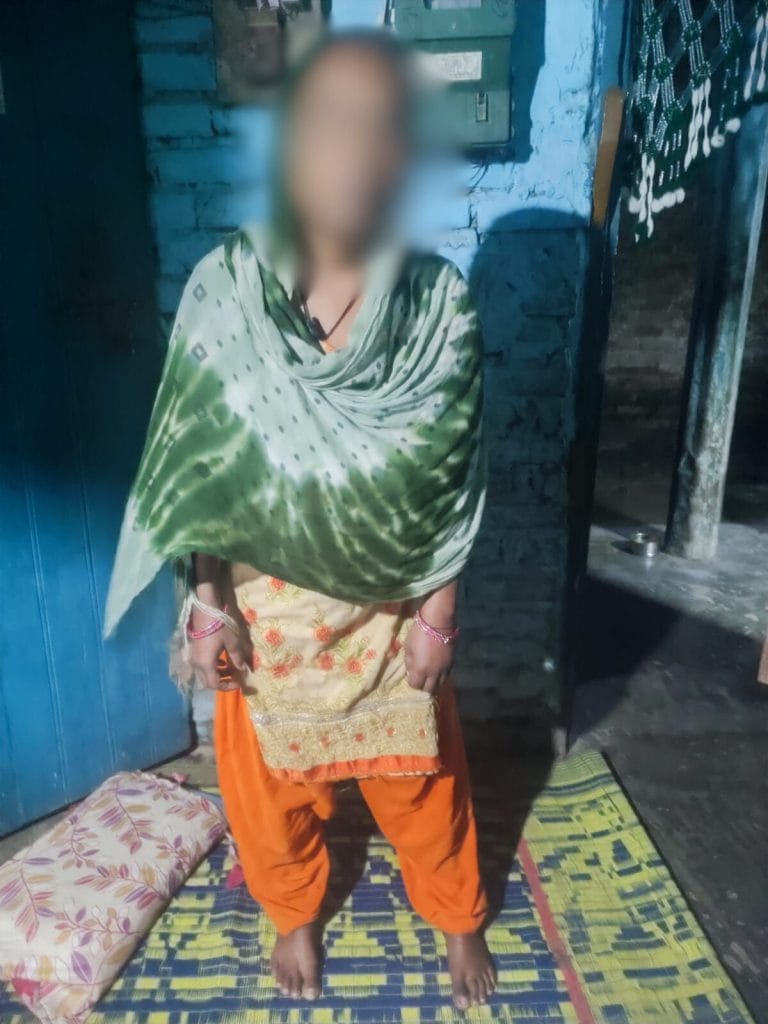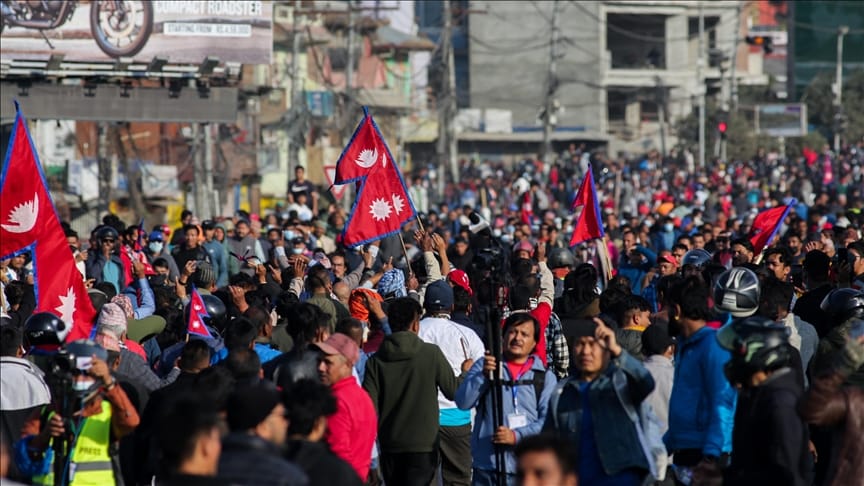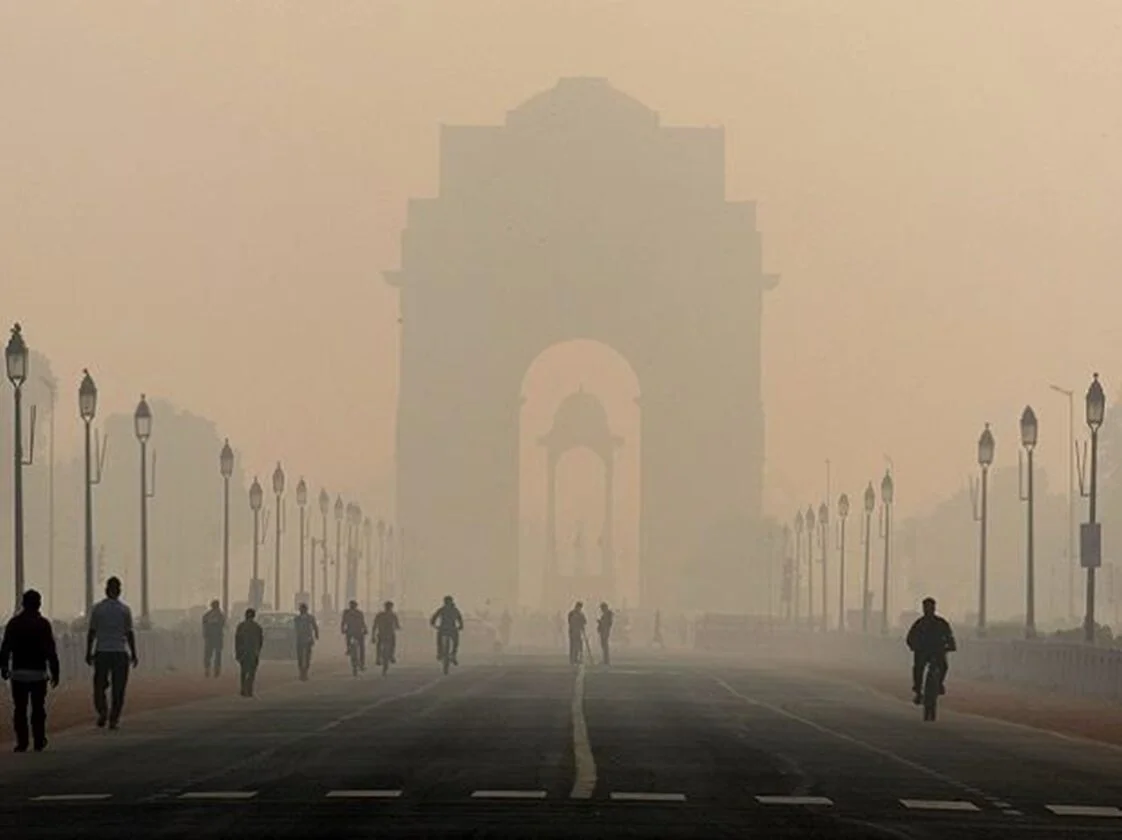When Ashok Sah rolls up the shutters of his shop, Saurabh Dresses, in Bihar’s Sitamarhi district, he is confronted not with customers but with silence. For nearly two decades, his business has thrived on the steady stream of Nepali customers who crossed the nearby border to buy handloom sarees, school uniforms, and readymade clothes. Now, with Nepal in turmoil and the crossings sealed, Sah spends his days waiting, his shelves full, but his shop empty.
“We are already going through a period of recession,” Sah said over the phone. “Seventy to eighty percent of my customers are from Nepal. Because of this movement, the entire market has come to a standstill. We are just waiting for things to return to normal.” Sah’s story is not unique. Over the past two weeks, as protests in Nepal escalated into an emergency like situation with curfews, heavy frisking, and soldiers deployed at every crossing, borderland families have seen their fragile livelihoods unravel. For traders, patients, and daily wage earners alike, the open border that once functioned as a lifeline has turned into a barricade.
A protest movement with generational roots
The immediate trigger for this crisis lies in Nepal’s political upheaval. What began as scattered demonstrations against corruption and inequality in Kathmandu snowballed into a nationwide mobilisation led by young Nepalis. Gen Z, long dismissed as politically disengaged, has filled the streets, demanding accountability from leaders and railing against systemic dysfunction.
As Gen-Z-led protests in Nepal spark unrest and an emergency-like clampdown, thousands who depend on cross-border trade and healthcare are trapped in uncertainty. From shopkeepers in Sitamarhi to patients in Sarlahi, everyday survival has become a political casualty.
Abdul Khan, a Janamat Party leader and former Water Supply Minister, believes the protests represent a “historic moment.” Speaking over the phone, he said, “Until recently, Gen Z was mocked, but today they have shown their strength. Yes, there has been significant economic loss, but what happened was in the nation’s interest. We want a corruption-free Nepal.”
Khan describes the appointment of Sushila Karki as interim prime minister as a potential “golden chapter” for Nepal. Yet even he acknowledges the collateral damage on border communities. “India and Nepal share a bond like that of family—of daughters and bread. This movement has affected that relationship. I appeal to people on both sides: do not let hatred or unrest arise. Cooperate with the government, the police, and the army,” he urged. His words highlight the paradox of Nepal’s current moment: a youth-driven demand for systemic reform unfolding alongside a humanitarian crisis for ordinary families.
Borderlands under strain
The Indo–Nepal border has historically been more than a political line. At 1,751 kilometres long, it is one of South Asia’s most porous frontiers, allowing citizens of both nations to cross freely without passports or visas. Farmers till fields that stretch across both sides, families intermarry, and traders rely on cross-border clientele.

This open border regime, however, has been severely disrupted since early September. Reports from residents describe heavy frisking, soldiers stationed at crossings, and curfews imposed in many towns. For borderland communities, where economies and social ties are deeply enmeshed, this sudden tightening has had immediate consequences.
Ordinary voices on stake
For Ashok Sah , 45, in Sonbarsa, Bihar, the shutdown is purely existential. His business in readymade and handloom clothing relies overwhelmingly on Nepali buyers. “We were already struggling with low sales because of the recession,” he said. “Now everything has stopped. We don’t know how long this will continue.”
With hospitals in parts of Nepal vandalised or closed due to curfews, his options have evaporated. Ansari, who has sustained his family of six children through a modest clothing shop, now finds himself helpless—unable to access treatment and unable to travel. “We only want the situation to normalise quickly so I can get her treated,” he said.
Sonbarsa sits at the edge of Bihar’s Sitamarhi district, with Bhelhi village in Nepal just across the line. For decades, the seamless movement of people has meant prosperity for small traders. Today, Sah fields calls from suppliers demanding payments he cannot make. Like many shopkeepers in Sitamarhi’s border markets, his worry is not only about immediate losses but also about debts piling up and the possibility of closure.
For Naeem Ansari, 53, in Nepal’s Sarlahi district, the crisis is far more personal. His wife, Saiful Khatoon, suffered paralysis in late August. In desperation, he took her across the border to Arya Homeo Clinic in Samastipur, Bihar, where she received initial treatment and was told to return for follow-up. But by early September, as unrest deepened, the border was sealed. “Drivers are too scared to take passengers anywhere. Everyone is afraid,” Ansari explained in a phone call. “If my wife doesn’t get timely treatment, we may face very serious consequences.”

With hospitals in parts of Nepal vandalised or closed due to curfews, his options have evaporated. Ansari, who has sustained his family of six children through a modest clothing shop, now finds himself helpless—unable to access treatment and unable to travel. “We only want the situation to normalise quickly so I can get her treated,” he said. His story reflects a broader, largely unreported crisis of healthcare disruptions for borderland patients who rely on Indian hospitals. In Lalbandi, near the Sitamarhi border, 48-year-old Birendra Sah (no relation to Ashok) has been unable to open his shop since September 7. His family, which includes his wife, ailing mother, and three schoolgoing children, depends entirely on the income from his modest clothing business.
“Earlier, I used to earn barely 20 to 22 thousand rupees a month,” he said. “Now, with this shutdown, I don’t know what will happen to us. If we don’t eat for even a day, we feel weak.” With soldiers stationed at every square and crossing, the fear is palpable. “If we want to go to India, we have to sneak through the fields,” Birendra explained. “There is silence and fear everywhere.” His predicament underscores how the border functions as more than a political boundary. For him, crossing into India to buy supplies or sell goods is not optional—it is the basis of survival.
Economics of closure: Existential crisis for most vulnerable
What may appear to policymakers as temporary disruptions translate into existential threats for families living at the margins. Informal trade in clothes, groceries, and daily essentials sustains dozens of small villages on both sides. When borders close, these economies collapse instantly. While the Gen Z protests highlight a generational demand for political accountability, their immediate costs are borne by the poorest and most vulnerable. Small shopkeepers, daily wage earners, and patients without savings face an uncertain future.
What may appear to policymakers as temporary disruptions translate into existential threats for families living at the margins. Informal trade in clothes, groceries, and daily essentials sustains dozens of small villages on both sides. When borders close, these economies collapse instantly.
The impact is also visible in seasonal rhythms. Festival periods, when cross-border trade typically peaks, have been derailed. Families postpone weddings, households ration food, and children miss school supplies. For many, the shutdown is not only about income but also about dignity and continuity of life. Across Bihar’s Sitamarhi and Nepal’s Sarlahi districts, phone conversations with residents reveal a single refrain: the yearning for peace and normalcy. Whether it is a trader worried about unsold stock, a patient waiting for treatment, or a parent anxious about feeding children, the sentiment remains the same.
The protests in Kathmandu may mark a turning point in Nepal’s politics, but along the border, people are waiting for borders to breathe again. “We only want peace in our country,” said Birendra Sah. Ashok Sah echoed the same, “We are just waiting for people to cross again like before.” For Naeem Ansari, the plea is even more urgent. “I don’t know what else to do. My wife needs treatment. I cannot take her anywhere. All I want is for things to normalise.”
Borders are often drawn to mark sovereignty. But in South Asia’s frontier regions, they also embody shared survival. The Indo–Nepal border has historically allowed people to live interdependent lives, trading, marrying, and seeking healthcare across lines. When those borders close, it is ordinary citizens who pay the steepest price. As Nepal navigates its generational political upheaval, its neighbours watch with concern. For now, though, the most urgent story lies not in Kathmandu’s power struggles but in the quieter struggles of borderland families, traders unable to sell, patients unable to travel, and households caught in a cycle of fear and waiting. Until peace returns and borders reopen, these communities will continue to carry the heaviest burden of Nepal’s crisis.






